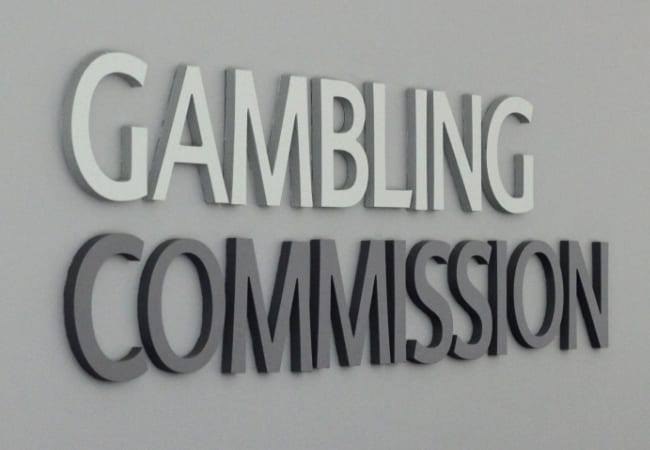DCMS gambling inquiry: Treatment orgs emphasise need for new prevalence methodology

The select committee launched in December last year warning that “more needs to be done” to protect people. The body will examine the government’s approach to gambling regulation, as well as related issues such as innovation in the sector and the connection between broadcasting and sport.
The committee’s work is occurring separately to the Gambling Act review, the formal government process of creating new gambling laws “for the digital age”. The long-awaited product of this process, the Gambling Act Review white paper was released at the end of last month and recommended a number of specific policy proposals.

“Treading water”
The individuals representing the treatment organisations echoed some of the criticisms that followed the release of the white paper. These included the number of measures that have been put out to consultation, the relative lack of action on gambling marketing and well as the multiple delays that characterised the issuing of the document.
Chief executive of gambling treatment provider Gordon Moody, Matthew Hickey, in particular singled out this “treading water” phase of white paper delays as having a negative effect on his organisation’s work.
“The last year, while the white paper was going through its various different iterations, made it a very difficult year for us actually to deliver services,” he said.
Seeming rise prevalence of gambling harms
One issue that concerned the committee is the seeming rise in the prevalence of gambling addiction prevalence when measured by the demand for the services of the treatment providers.
While all of the charities represented were cautious to say that this could potentially be a consequence of increased public awareness of treatment, the possibility of higher absolute addiction rates was not ruled out.
“We have seen over the last few years that applications to our organisation have increased,” said Hickey. “What we are seeing is that the volume of applications has increased from some 500 per year before Covid hit, to some 250 per year during the Covid period, to some nearly 1,000 applying during the last financial year.”
Increased public awareness of treatment services
“Why is that? Well, one, we’ve raised our awareness and we think the public in general are more aware that there is treatment available,” he continued.
“If the number is 400,000 people that are saying that they are problem gamblers, or the number is 1.4 million that are saying they are problem gamblers, we would guess – and I emphasise the word guess – then there are substantially more out there that need help, who have either not realised that they need help, or are hiding their addiction and will only come forward when it’s at real crisis point.”
Meanwhile, chief commissioning officer of GambleAware, Anna Hargrave, painted the issue as one of public health. She emphasised the point that the estimates of gambling harms vary greatly and therefore called for enhanced research to solve the issue.

The Gambling Commission is currently in the process of creating a new harms survey to better understanding the prevalence of gambling harms in the UK.
Effects of gambling on minority groups
Hargrave also pointed out that the effects of gambling differ greatly between different demographic groups who seek access to treatment services at different rates.
“Although minority communities are less likely to gamble, the harm that they experience is greater,” she said. “Whereas in the white British community gambling harm is around 20%, it increases to around 40% in those minority communities.
“We know that we are not reaching everyone we need to reach – which is why our stigma campaign has been so critical in raising the issue and encouraging people to come forward to talk, because only then will we be really to understand the depth of the issue.”
Chief executive of treatment and awareness organisation GamCare, Anna Hemmings, also made the point that prevalence differs to a large extent on geographic as well as demographic factors.
“Prevalence estimates vary widely and we need significantly more research to firstly understand what population level prevalence is but also what the impacts are on particular groups,” she said.
“That might be different demographic groups or different geographic groups – the prevalence rates differ around the country. What we notice actually about callers to the helpline is that they are relatively young, around 60% are under 35, so age is a factor as well.”
